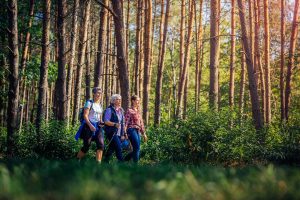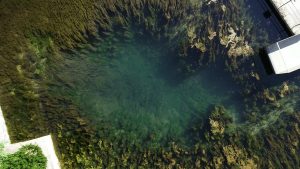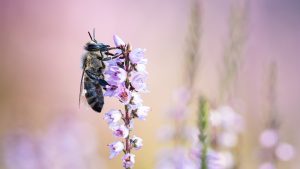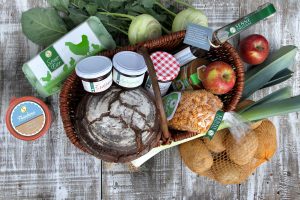Pioneers on sand
The Senne sand offers plants and animals very special and rather hostile conditions.
- It is very permeable to water and therefore extremely dry.
- It contains extremely few nutrients.
- The grains of sand can easily be blown away by the wind.
- It heats up quickly and can reach high temperatures near the ground.
However, some plants cope very well with the conditions of the Senne sand. They are pioneer species that can only survive because of their special adaptations.
- All pioneer plants on sand are very small. After all, they have to make do with the few naturally occurring nutrients.
- Some species can survive long dry periods with water-retaining tissues, e.g. spring spörgel (Spergula morisonii) or hot stonecrop (Sedum acre).
- Another adaptation to a lack of water is to roll up the leaves, e.g. as is the case with silver grass (Corynephorus canescens).
- Dense, white hair reflects the sunlight and thereby prevents the leaves from heating up too much, e.g. in the mouse-eared hawkweed (Hieracium pilosella).
- In some species, special growth forms prevent them from being overpowered by sand, e.g. the subterranean runners of the sand sedge (Carex arenaria) or the hemispherical clumps of the silver grass (Corynephorus canescens).







